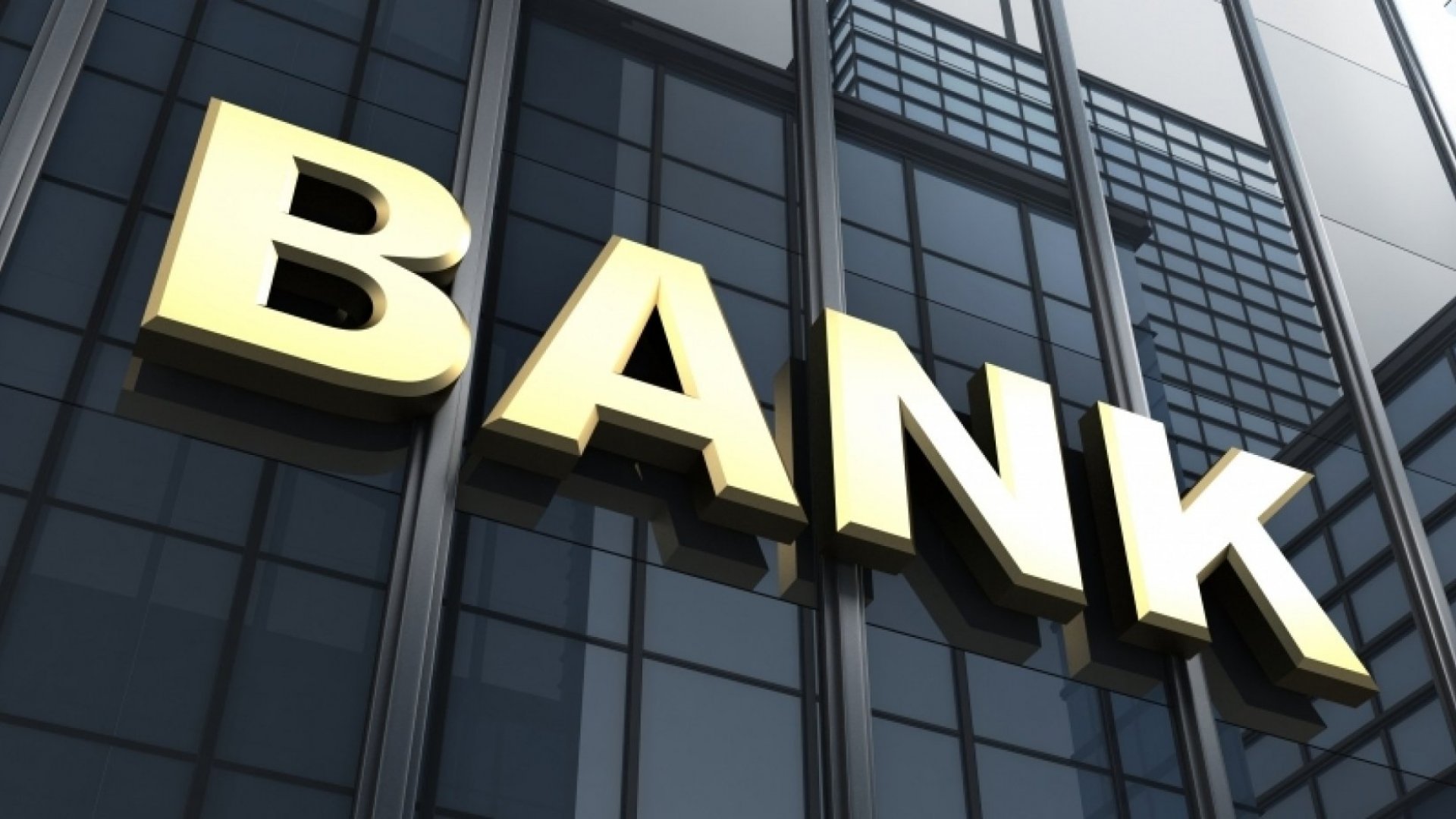
On Saturday, New Delhi: Private region lender Axis Bank said its board has authorized raising to ₹18,000 crores through the issue of fairness stocks, depository receipts, or convertible securities. The Board of Directors of the bank authorized the notion in this regard inside the meeting held on Saturday, the bank said in a regulatory filing. “The Board. Has authorized the raising of price range aggregating up to ₹18,000 crores.” The bank but did no longer divulged when it’s going to increase the price range. Earlier, it had stated it’s going to mobilize resources at a “suitable time.”
In the submitting, Axis Bank stated the fund might be raised via the issue of fairness stocks/depository receipts and/or every other gadget or securities representing either fairness stocks and/or convertible securities related to fairness shares, along with via Qualified Institutions Placement (QIP)/ American Depository Receipts (ADRs)/ Global Depository Receipts (GDRs) program, preferential allotment or such other permissible mode or combinations as may be considered appropriate.
The fund will be raised situation tothe the shareholders’ approval to the notion via the postal ballot procedure, it introduced. The financial institution is one of the worst-affected private creditors after the Reserve Bank’s asset great assessment, which brought about a large increase in non-performing loans over the last three years. The bank’s provisioning for bad loans decreased to ₹2,711 crores in the fourth quarter of 2018-19, from ₹7,179 crores in the corresponding length ultimate economic, consistent with regulatory filings.

New York: When New York Fed President John Williams talked about the need to “vaccinate the financial system” on Thursday, markets listened. And while the New York Fed itself spoke up later to clarify its feedback, buyers have been all ears again. In reality, as the US critical financial institution nears what’s predicted to be its extraordinary cut in a decade, worldwide markets are putting directly to every clue approximately the approaching selection to a great degree. Investors seek to gauge whether or not policymakers are significantly worried about a pointy economic downturn or are virtually want to hedge against that possibility.
One cause for investor confusion stands out. Policymakers in recent weeks have sketched out price-reducing rationales, ranging from bond market conduct to low inflation to the desire to increase wages. Fed Chair Jerome Powell has set the stage for a hike in the federal to reduce; however, he hasn’t won a consensus on why one is needed. When Williams, Powell’s No. 2 on the policy-placing table, seemed to provide some clarity, traders jumped on it.
US shares and bonds, and futures contracts tied to the Fed’s coverage rate, rallied on Thursday, milliseconds after feedback from Williams that appeared to suggest an appetite for forceful fee cuts. The benchmark S&P 500 on Friday remained near the all-time high set in advance this week. It’s better to take preventative measures than to watch for a catastrophe to unfold,” Williams said at an educational conference on Thursday. “Don’t maintain your powder dry.”
Later within the day, a New York Fed representative said Williams’ remarks have been “no longer approximately potential coverage moves” at its upcoming charge-setting assembly, however academic in nature. In the speech, Williams stated years of his personal research. Stretching lower back at least five years as a policymaker, he has repeatedly used comparable phraseology to describe how the Fed must behave when interest rates are close to zero.











